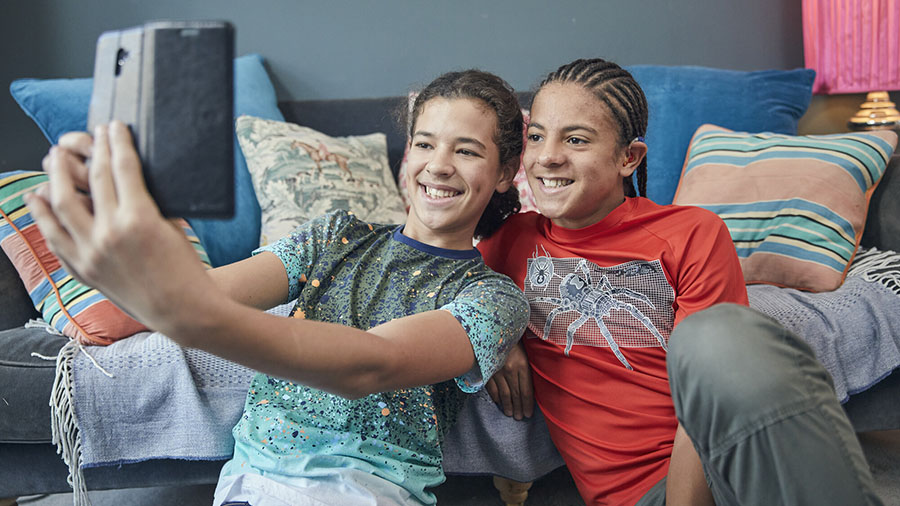Tips to help keep your child safe on Snapchat
1. Make sure they sign up with the correct age
Set up your child’s Snapchat account together to make sure they sign up with correct age. This will automatically enable settings that help to limit unwanted contact from adults and access to certain features.
2. Talk to them about how to feel good on social media
Children and young people can face lots of different pressures online. Use Childline’s advice about How to feel good on social media to help give them the tools to manage their wellbeing online.
3. Set rules around friends
Before your child starts using the app, talk to them about who they can be friends with on the app. Tell them to come to you if they receive a friend request from someone they don’t know.
4. Know where to report
There is a chance that your child could come across inappropriate or upsetting content on Snapchat. If this happens, you should report it to the platform. To report a Snap or a story, press and hold on it, then select ‘Report Snap’.
5. Talk about what is ok / not ok to share
Ensure that your child knows what personal and private information is, and what is, and is not, appropriate to share online.
6. Explore the safety features
Read below about the 10 safety features that are available, like privacy settings and ‘Snapchat Family Centre’.


